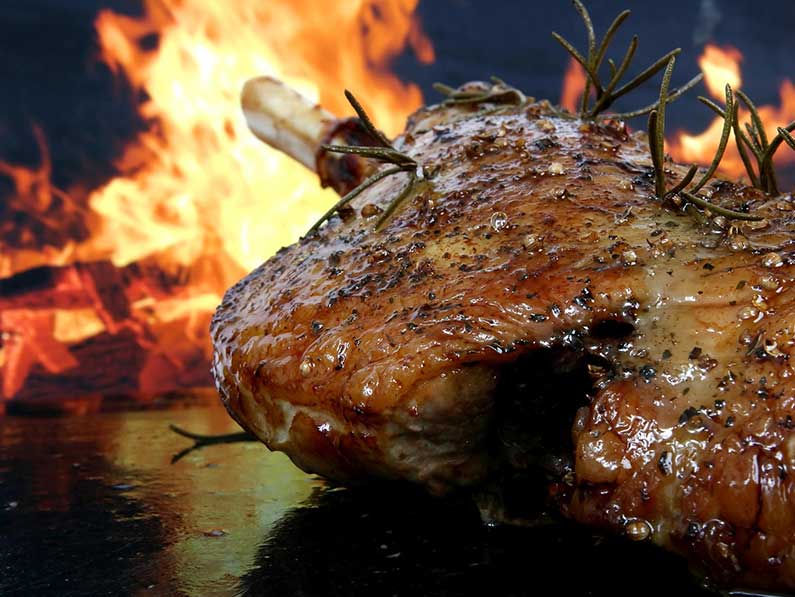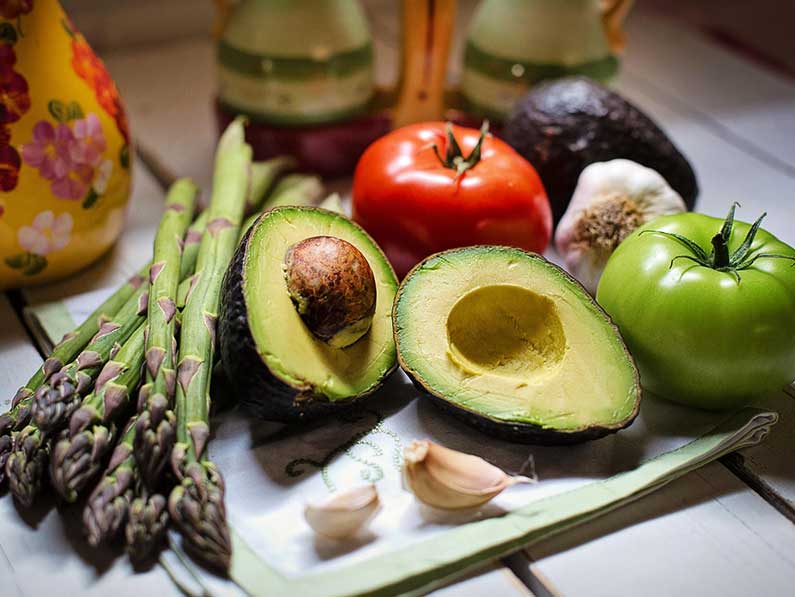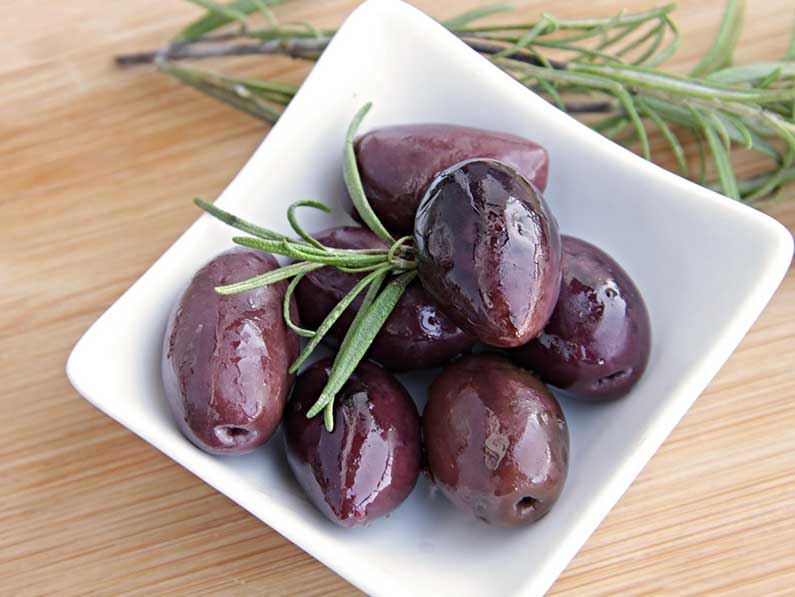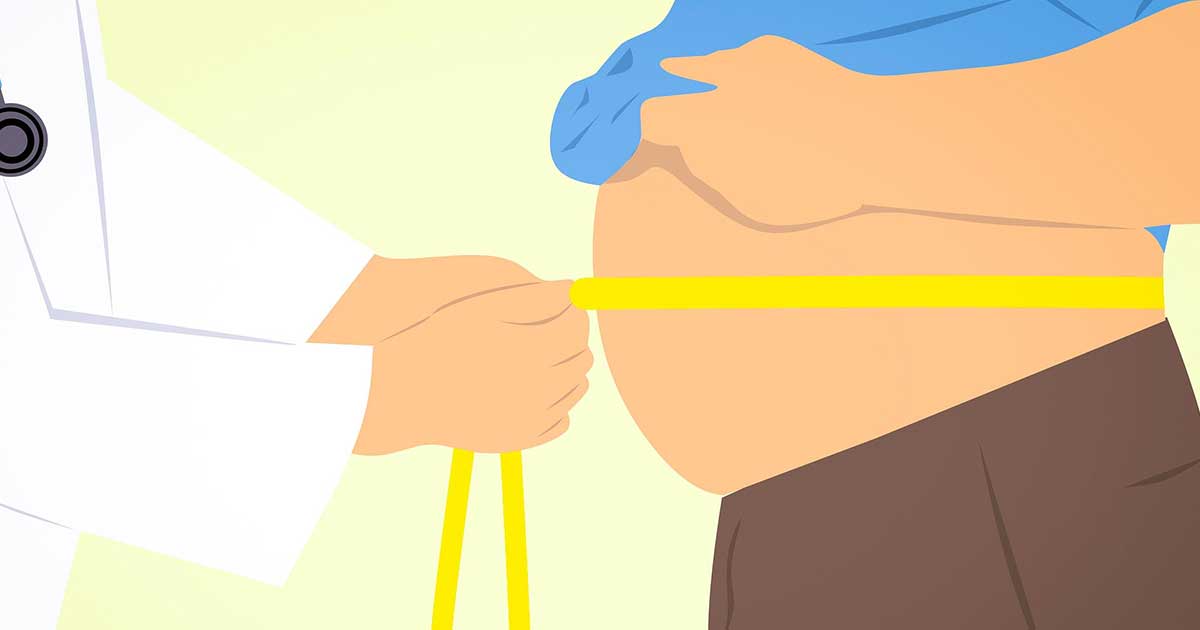Eight weeks ago, I started a mass plan, going from 165 to 185. No eating restrictions was a blast, I still ate clean, but my main focus was on eating enough to gain. I would say that the holiday season helped this process, but at the start of the year I wanted a change. I wanted to lower my body fat and looked for a quick way to do so.
Like many, with the start of the year I decided to set a weight loss goal. And researched a few ways to accomplish it, I wanted to try a mixed approach to quickly drop fat.
“Setting goals is a rush for me, there is a smell of success and a buzz. For me its addicting to see what I can accomplish.”
In just under two weeks I aggressively lost 10+ pounds, had no loss in stamina, and still had two personal records in the weight room (one upper and one lower). Here’s what I did, I mixed a keto based diet with intermittent fasts of 12-16 hours. I had tried both separately before, but never in combination and the results where quick.
Before going into the details, I would like to share my key concepts when I set weight goals.
Key Concepts:
1. Decide
I make the decision to lose the weight and stick by it.
I’ll set a big goal, then establish smaller short-term goals. I think of it like a staircase, accomplishing each goal steps me closer towards my ultimate accomplishment.
2. No Script
Following a 7-day meal is monotonous for me.
Preparing my weeks food left me getting sick of them by the weeks end. With more flexibility like having some days to dine out. I felt like I had more freedom and less stress, helping me stick to my weight loss goals.
3. Sense
I really like this concept, but it took me some time to develop.
Having a sense of when calories are needed or just wanted is huge. But food manufacturers know what colors, words, sounds, and flavors to trigger hunger. With fasting I developed a better sense of my eating patterns and triggers. I focus to be in control of my body and feel as though I know when I need calories and when I want calories.
Step 1: Ketosis
Why Keto?
I use keto because it’s fast and targets stored fats. There are a few tricks to this process and it’s important to understand fuel sources and when they are used.
Main Energy Sources: Carbohydrates, Proteins, Fats
Carbohydrates breakdown, some fast and others slow, providing sugar energy. When sugar energy is readily available, our bodies will store other energy sources, like fats, for later use.
The trick to burning fat is reducing our sugar energy availability, creating a state for fat use or ketosis. Aiming to get 20g of net carbs a day (Net carbs are the carbs left over after you subtract fiber) is ideal.
How I know I’m in ketosis?
My breath, being in ketosis accumulates hi levels of ketones which leave the body through urine and breath. When I’m in full tilt ketosis I feel like my mouth tastes weird, dry, maybe fruity, but drinking water doesn’t make a difference. …It’s a weird taste, but I know I’m in fat burning mode.

No carbs, Then what do I eat?
Beef, chicken, fish, pork, and eggs. I have fun with variety, eating different cuts of beef throughout the week. Mixing chicken thighs, breasts, and wings. I mostly like salmon, steaks or sushi without rice works for me.

For vegetables I mix:
Leafy Greens, Cucumbers, Spinach, Broccoli, Broccolini, and Asparagus. Again, I like to alternate days of cooked veggies and salads.

For nuts I stick to the following:
Pecans, Brazil Nuts, Macadamias, Walnuts, Hazelnuts, Almonds, and Peanuts, but have a weakness for cashews (which are high in carbs). Mix it up between raw, roasted, and salted.

For fruit I mix:
Avocado, Olives, Coconut, Raspberries, Strawberries, and Blackberries. I’m cautious with berries, they are easy to overeat.

I focus on high fat, low carb...
…and really try to moderate my dairy. I find dairy slows my body down. I eat: Ghee, Butter, and Some cheeses, in limited quantity. For oils I use: Avocado oil, Olive oil, and Coconut oil. I generally stick to olive oil with salt for salads as well cooking.
Meal Strategies
- Like I said, I found mixing salad days and cooked vegetable days worked for me. It made me look forward to the variety.
- Eggs and avocados are a staple meal for me, but I mix up how they are made. One day scrambled, the next fried, the next poached.
- I try to grill twice a week, on those days I eat cooked veggies and save the left-over meat for the next day’s salads.
- I keep this list in mind when eating out, or just plan a cheat meal for when I want to go out with friends and family.
Step 2: Fasting
There’s a lot of research supporting the benefits of fasting, but basically, I use fasting for:
- Self-control
- Growth Hormone
- Autophagy and Regeneration
Fasting for 12 hours or more improves my ability to control cravings, I find it betters my sense of eating for need versus want. Fasting also give me a lot of extra time to catch up on work. Fasting increases growth hormone as well as triggers a cellular response called autophagy.
What’s autophagy?
It’s a response, in which case our cells will “clean up” any junk like bent proteins, pathogens, plaque, etc. and break them down for fuel. Why is this important? Excessive cellular waste increases my likelihood of diseases. This process aids in a regenerative role for our bodies and feel great.
Here’s My Three-Day Outline:
Day one: Keto based feeding no timing restrictions
Day two: Keto based feeding no timing restrictions
Day three: 12+ hour intermittent fasts, feed, 12+hour intermittent
Repeat then add a cheat window in after intermittent fasting. (key word window)
On the second day, I try to cut my feeding by 5-6pm so that I can fast in my sleep for 12 or more hours, wake up and feed then repeat 12 or more hours of fasting before feeding again. In a nutshell that’s it.
Why mix keto and intermittent fasting?
The benefits of fasting don’t really kick in until after our bodies reach a state of ketosis. So, by having a high carbohydrate diet I would have to fast much longer than 12 hours.
What do I drink?
Water.

